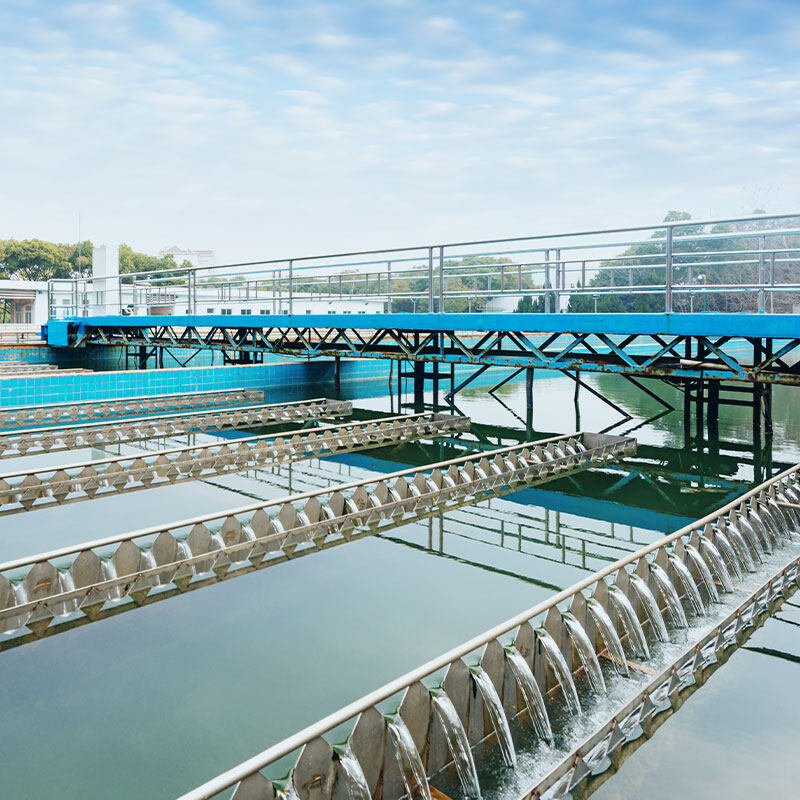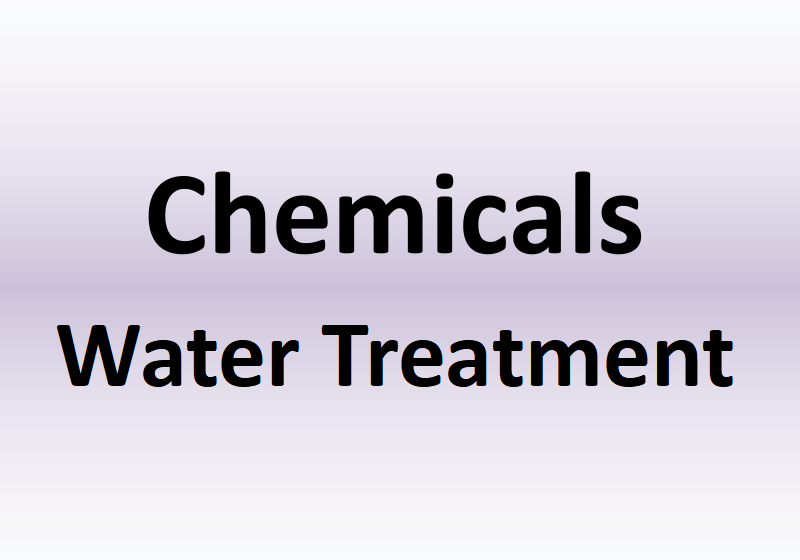Introduction of Disinfectant
In order to discharge or reuse the wastewater after treatment, a variety of chemicals are required in the wastewater sewage water treatment process.
According to different uses, these agents can be divided into the following categories:
Disinfectant
Disinfectant is used for disinfection after wastewater treatment and before discharge or reuse.
After primary or secondary treatment of wastewater, the water quality is improved and the bacterial content is greatly reduced, but the absolute value is still considerable, and there may be pathogenic bacteria. Therefore, the wastewater should be disinfected before being discharged into the water body.
Types and Characteristics of Disinfectants
Common disinfectants include Hypochlorite, Chlorine dioxide, Ozone, Ultraviolet Radiation, etc.
Hypochloric acid disinfectants are Liquid Chlorine, Bleaching Powder, Bleaching Powder Essence, Chlorine Tablets, Sodium Hypochlorite and other forms, mainly through HOCl for disinfection.
The advantages, disadvantages and application conditions of various disinfectants can preliminarily determine the disinfectants that should be used.
Liquid Chlorine
- Advantages: Reliable effect, simple dosing equipment, accurate dosage and low price
- Disadvantages: The residual chlorine formed by chlorination and some chlorinated compounds are toxic to aquatic organisms at low concentrations. When the proportion of wastewater containing industrial wastewater is large, chlorination may generate carcinogenic compounds
- Applications: Applicable to large and medium-sized wastewater treatment plants
Bleaching Powder
- Advantages: Simple dosing equipment and low price
- Disadvantages: In addition to the above disadvantages of liquid chlorine, there are still inaccurate dosage, inconvenient dissolution and modulation, and high labor intensity
- Applications: Applicable to small wastewater treatment plants with low disinfection requirements or intermittent dosing
Chlorine Tablet
- Advantages: The equipment is simple and the management is convenient. Only the residues in the sterilizer need to be cleaned regularly and chlorine tablets need to be supplemented. Low capital construction cost
- Disadvantages: Special chlorine tablets and special disinfectors are required, and the amount of disinfection water is small
- Applications: Applicable to small wastewater treatment stations such as hospitals and biological product institutes
Sodium Hypochlorite
- Advantages: Sea water or salt water of certain concentration is used to produce disinfectant by local electrolysis in the treatment plant, and commercial sodium hypochlorite can also be purchased
- Disadvantages: Special sodium hypochlorite electrolysis equipment and dosing equipment are required
- Applications: Applicable to small wastewater treatment plants in remote areas where it is difficult to purchase liquid chlorine and other disinfectants
Chlorine Dioxide
- Advantages: It only functions as oxidation, not as chlorination, has good germicidal efficacy, is not affected by pH, and can simultaneously deodorize and decolorize
- Disadvantages: The preparation equipment is complex, the management requirements are high, and it can not be stored for a long time. Generally, it needs to be prepared on site
- Applications: Applicable to small and medium-sized wastewater treatment plants
Ozone
- Advantages: High disinfection efficiency, effective degradation of residual organics, color, taste, etc. in wastewater, PH and temperature of wastewater have little impact on disinfection effect, and no refractory or bioaccumulative residues are produced
- Disadvantages: Large investment, high cost, complex equipment management, no continuous disinfection effect
- Applications: Applicable to wastewater treatment plants with good effluent quality and high sanitary requirements for discharged water
Ultraviolet Rays
- Advantages: The physical and chemical method of ultraviolet irradiation of wastewater has high disinfection efficiency and does not change the composition of water
- Disadvantages: The supply of ultraviolet lamps is insufficient, and the technical data are few
- Applications: Applicable to small wastewater treatment plants
Ultrafiltration
- Advantages: The physical interception method can remove bacteria and suspended solids from the water, with high disinfection efficiency
- Disadvantages: Large investment, high operation cost, complex equipment management; And did not kill the bacteria
- Applications: Applicable to small wastewater treatment plants
At present, it is widely known that chlorine disinfection can produce harmful substances and affect human health. This is because chlorine acts with organic substances in water, and has oxidation and substitution. Oxidation can promote the removal of organic substances, while substitution is the combination of chlorine and organic substances to form halogens with mutagenic or carcinogenic activity.
Therefore, for wastewater sewage water treatment disinfection, it is necessary to control the appropriate dosage and use other disinfectants instead, such as chlorine dioxide, ozone and ultraviolet radiation, to reduce the generation of harmful substances.
#QDEVU #WATERTREATMENT #WASTEWATERTREATMENT #SEWAGEWATERTREATMENT



